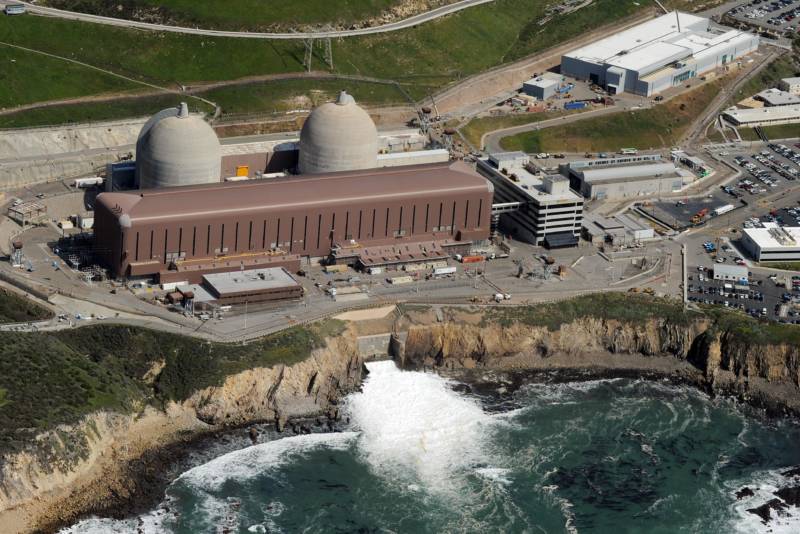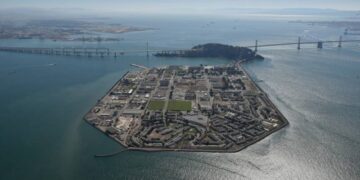The legislation wouldn’t shut down the more than 28,000 existing wells in that zone, but would require them to meet strict pollution controls. Those wells would also be barred from most permits to deepen or rework the wells.
State oil regulators announced a similar policy in 2021, though it has not yet been finalized. Supporters of the policy believed passing the law was the quickest path forward.
“This is a victory for every single family and every single frontline community in California that has been fighting Big Oil’s drilling in our backyards for decades and pushing for setbacks for years,” Kobi Naseck, coalition coordinator, for Voices in Solidarity Against Oil in Neighborhoods said in a statement.
California is the seventh largest oil-producing state and ranks fourteenth for natural gas production. Republican state Sen. Shannon Grove of Bakersfield, one of the state’s oil hubs, said the proposal would affect thousands of wells in her district and do nothing to reduce a need for oil.
“It doesn’t change the fact that Californians are still using oil every single day to make their lives more convenient and better,” she said.
Renewable energy
California has already mandated that 100% of retail electricity sales will come from non-carbon energy sources like solar and wind power by 2045. Current law sets an interim goal of 60% by 2030.
Lawmakers have now boosted that to 90% by 2030 and 95% by 2035.
The action comes as California is struggling to keep its power grid stable as the state transitions away from fossil fuels and record temperatures blanket the state.
The more aggressive 2030 targets will put even more pressure on the state to build more solar panels, wind turbines and batteries that can store that power for use at night. At the same time, electricity demand is expected to sore as California tries to get more people to swap out gas-powered cars and home appliances for electric ones.
 Aerial view of the Diablo Canyon Nuclear Power Plant which sits on the edge of the Pacific Ocean at Avila Beach in San Luis Obispo County, (Mark Ralston/Getty Images)
Aerial view of the Diablo Canyon Nuclear Power Plant which sits on the edge of the Pacific Ocean at Avila Beach in San Luis Obispo County, (Mark Ralston/Getty Images)
Lawmakers also agreed to a policy aimed at extending the life of Diablo Canyon, the state’s last nuclear power plant, to help stabilize the energy grid. But nuclear power does not count as an eligible non-carbon source to meet the state’s clean electricity goals. Solar, wind, geothermal, biomass, small hydropower and fuel cells count.
Newsom, speaking Wednesday, acknowledged the challenges of having enough energy to meet demand during heat waves made worse by climate change. But he said that will only accelerate California’s push to build a cleaner energy grid.
“Don’t think for a second … that we’re going to de-escalate our commitment to that transition,” he said.
Carbon neutrality
Former California Gov. Jerry Brown signed an executive order in 2018 calling for the state to be carbon neutral by 2045, meaning any carbon that it emits is offset by removing a similar amount from the atmosphere.




















